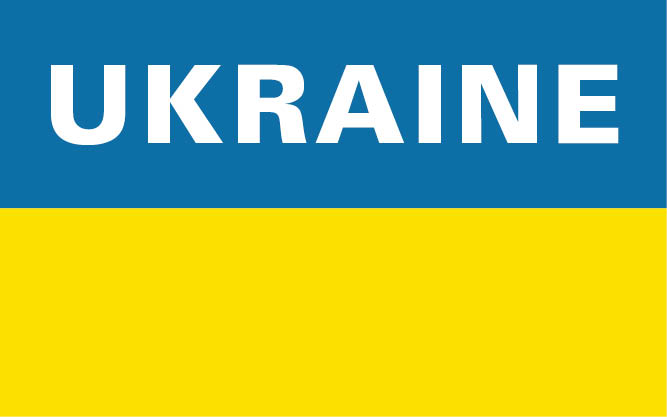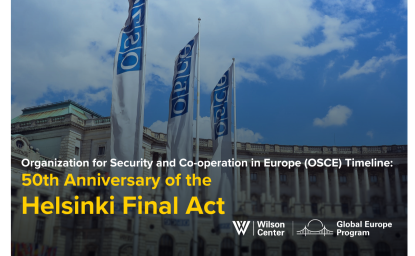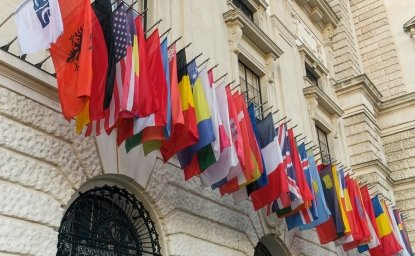The Organization for Security and Co-Operation in Europe (OSCE) will celebrate the 50th anniversary of the Helsinki Final Act this July, leading many to discover this organization for the first time. The OSCE is the largest regional security organization in the world and is one of the few consensus-driven organizations that includes countries from North America, Europe, and Central Asia as equal members. However, continued US participation in the OSCE is under the microscope as the US examines the value of membership in international organizations overall. The OSCE, which is heavily funded by European nations, remains an outlier in this regard: a good value for America and international security.
The 2021 budget of the OSCE – the last budget agreed upon by all 57 participating states prior to Russia’s invasion of Ukraine in February 2022 – totalled €138 million (approximately $150 million). The United States’ portion was a paltry €18 million (about $19.5 million) representing about 12.9% of the total budget. Compare this to similar contributions by European countries, such as France which contributes 10.3% of the budget, Germany (10.9%), Italy (10.3%), and the United Kingdom (10.3%). A further three participating states contribute between 4 and 6%, and another eight states contribute between 1.9 to 4% of the total budget. Arguably, the outlier in terms of spending is the Russian Federation, which — according to the 2021 budget — only contributed about 4%. Given that this is an organization with its origins in the Cold War that led to increased dialogue between the then-Soviet Union and the United States during a period of detente, it seems logical that Russia should pay more than it currently does (less than Spain and Canada, for reference). The current scale of distribution echoes the original costs associated with the consultations leading to the creation of the Helsinki Final Act, notably in 1973 the agreement was for the Soviet Union, the United States, United Kingdom, France, Italy, Federal Republic of Germany (West Germany) to pay 8.8% of the costs each. Today, funding largely comes from these same players, although the Russian Federation has actually lowered its contribution from the original figure. In 2002 Russia paid 9%, according to the scale of contributions. Since 2014, the earliest publicly available OSCE annual report that discloses participating state contributions, Russia’s contributions went down to 4%.
In addition to the €18 million (about $19.5 million) in regular contributions for the 2021 OSCE budget, extrabudgetary and voluntary contributions from the United States came to a further €11 million (about $11.85 million), just over $31.35 million in total for 2021. According to the FY23 expenditures by the US Department of State, the US contributed about $27.45 million. Approximately 55% of the OSCE’s budget goes into its 12 field missions, which operate from Southeast Europe to the Caucasus. About 34% of the OSCE’s budget specifically funnels into Southeast Europe to support field operations promoting the rule of law, monitoring elections, and combating human trafficking. The OSCE’s wide-ranging approach to security–focused on three dimensions — politico-military, economic and environmental, and the human dimension – has given it a unique approach to global security.
The US Department of State’s report to Congress on contributions to international organizations from December 2024 for FY2023 reveals the OSCE does not rank in the top 10 of US funding provided to international organizations – most of the funding goes to the United Nations (UN). Taken together, the US funds about a quarter of the UN, about $13 billion in 2023. Comparatively, as a percentage, the United States contributes about an eighth of the OSCE’s budget, one of the few organizations that is semi-equitable. NATO, meanwhile, is the only other security organization on the top 10 list of international organizations receiving US funding, receiving about 15.8% of its operating costs from the United States. Germany pays the same percentage of the NATO budget as the United States (also 15.8%), while the United Kingdom pays 10.96% and France pays 10.19%.
The OSCE remains a valuable organization for the United States’s security architecture. OSCE membership costs the US government less than 0.00221% of its total budget. The organization will likely play a major role in maintaining any peace deal in Ukraine; the OSCE was instrumental in implementing the Dayton Peace Accords in the Western Balkans and it was cited as the preferred organization to monitor a potential ceasefire during the Minsk Agreements of 2014-2015. The OSCE is a valued convening platform for both Russia, the United States, Eurasia, and European nations seeking to address shared concerns on security, arms control, and conflict prevention – and is a good value as well.
Author


Global Europe Program
The Global Europe Program is focused on Europe’s capabilities, and how it engages on critical global issues. We investigate European approaches to critical global issues. We examine Europe’s relations with Russia and Eurasia, China and the Indo-Pacific, the Middle East and Africa. Our initiatives include “Ukraine in Europe”—an examination of what it will take to make Ukraine’s European future a reality. But we also examine the role of NATO, the European Union and the OSCE, Europe’s energy security, transatlantic trade disputes, and challenges to democracy. The Global Europe Program’s staff, scholars-in-residence, and Global Fellows participate in seminars, policy study groups, and international conferences to provide analytical recommendations to policy makers and the media. Read more







